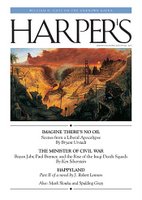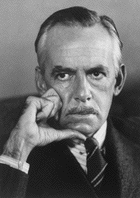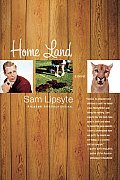Foer, Jonathan Safran. Extremely Loud & Incredibly Close. New York: Houghton Mifflin, 2005.
 A Dutchman told me a couple weeks ago that this book was better than Foer's first, Everything is Illuminated. I'm here to tell you this Dutchman was as wrong as he was gorgeous, which by golly....
A Dutchman told me a couple weeks ago that this book was better than Foer's first, Everything is Illuminated. I'm here to tell you this Dutchman was as wrong as he was gorgeous, which by golly....It's unfair to do this, to take a book and hold it up in judgement next to its predecessor, but this is the curse of the "sophomore effort" isn't it? Doesn't it happen in all areas of existence? The closely scrutinized capability of the relief pitcher to finish up a game made close and spectacular by the opener? The shameful behavior of the daughter who refuses to follow her older brother's noble example? No?
This book ends very rapidly and also very harrowingly. What is safety? When and under what tricky conditions are we, or do we feel, safe? What I love most about Foer is how sad he is, or seems to be. It is very hard to tell a good, sad story, and the stories I like best are sad ones, for whatever reason. This is Foer's 9/11 novel; his first one was his Holocaust novel. Is the ability to write successfully about such historical tragedies directly proportionate to the chances your work will be lauded and admired due simply to the topics you've had the courage to address?
Why am I coming across so cynically? There were times that I really loved this book, particularly those when its central character, Oskar, a boy who's a little big for his britches, a little too precocious at times, finds the aching, hazy pain inside himself and just owns it, just expresses his loss and sadness in plain, honest words. But I think I'm a little restless as a reader. I want something very different from Foer next, both in form and content. If he needs a good model he can go take a look at Zadie Smith, who seems to be doing very different things at every turn. God, I love her.





